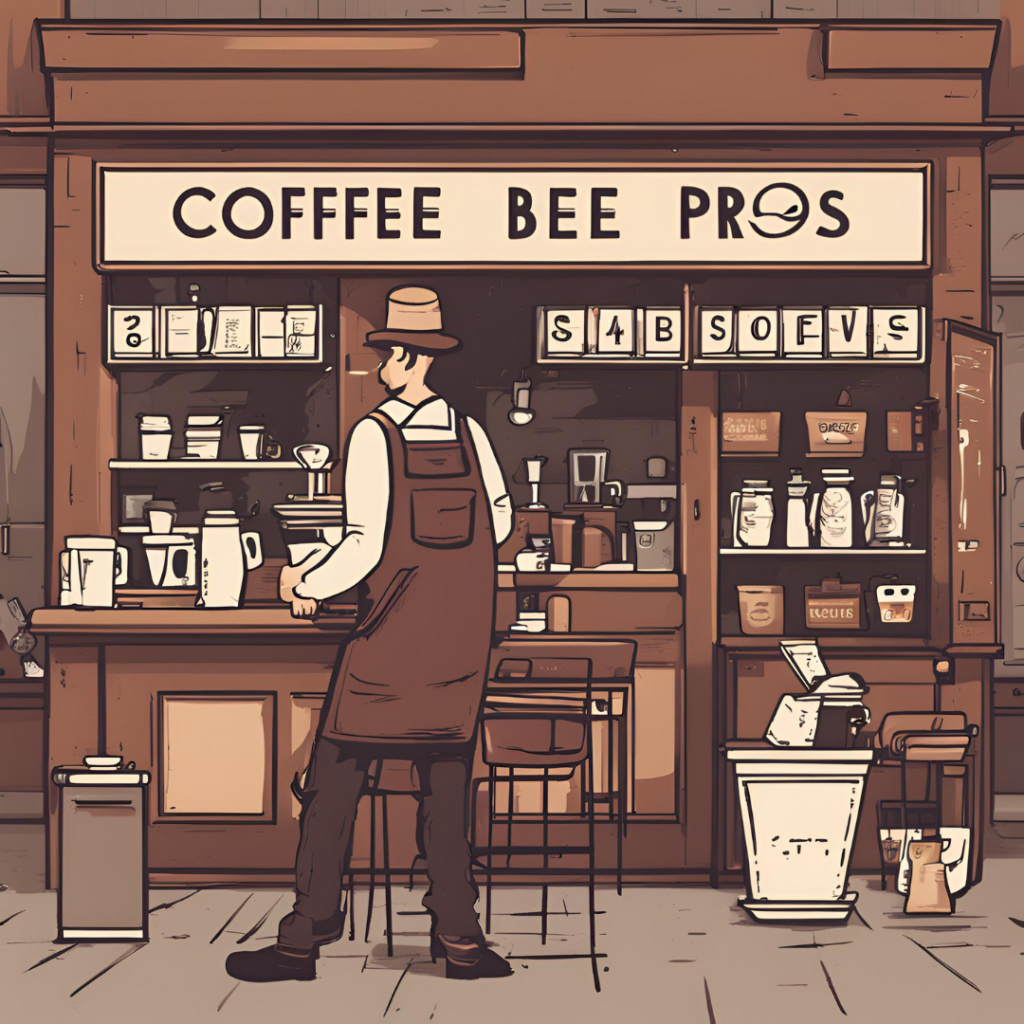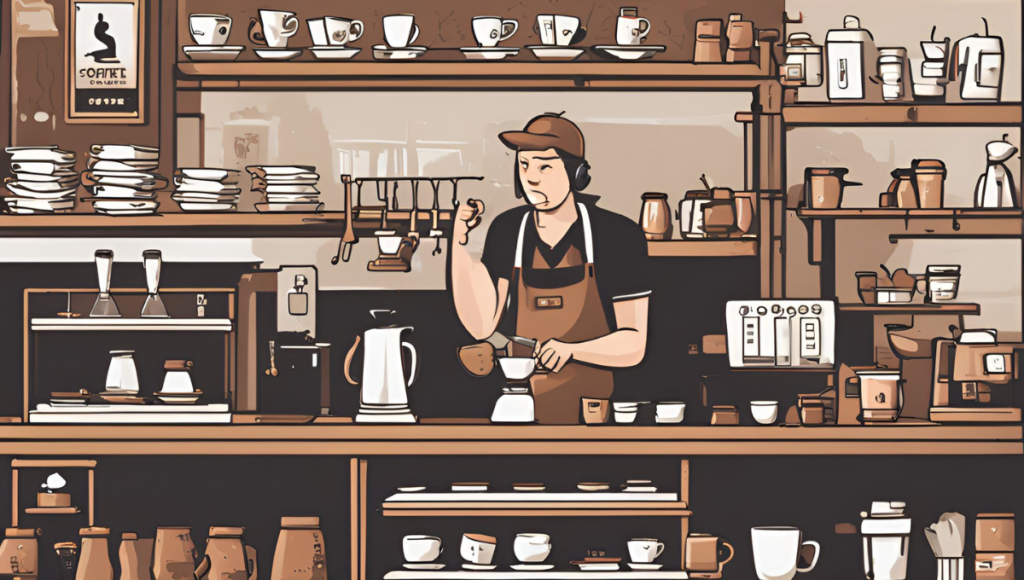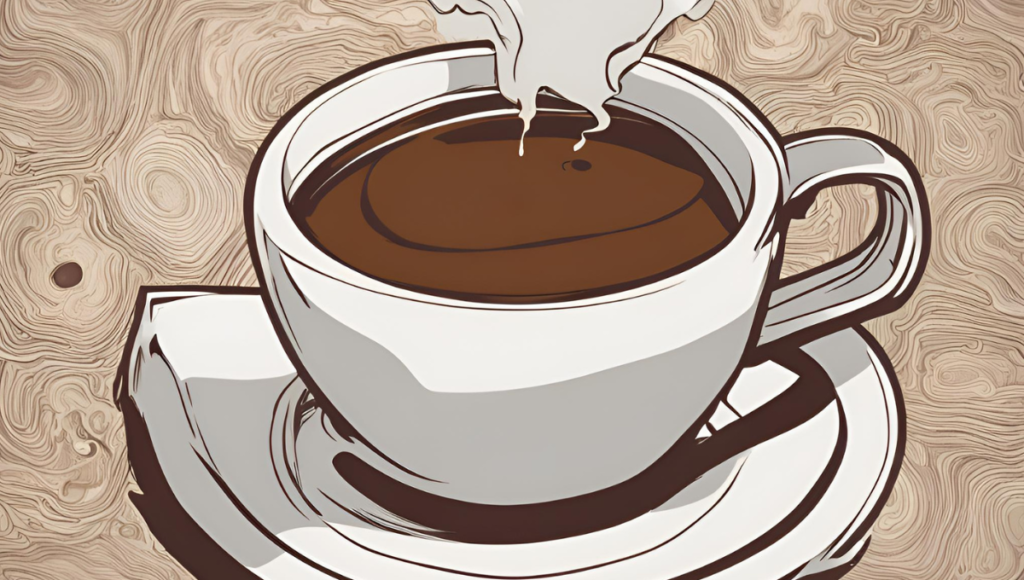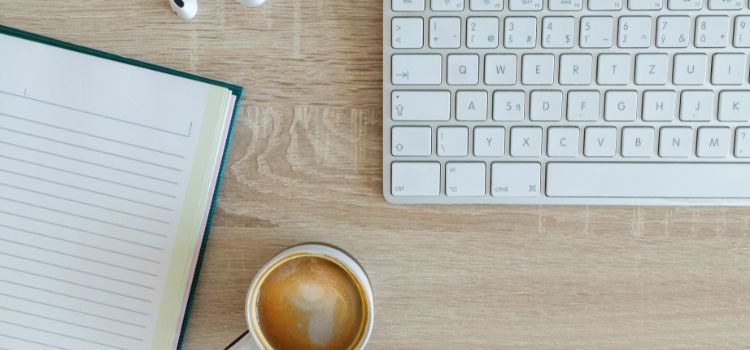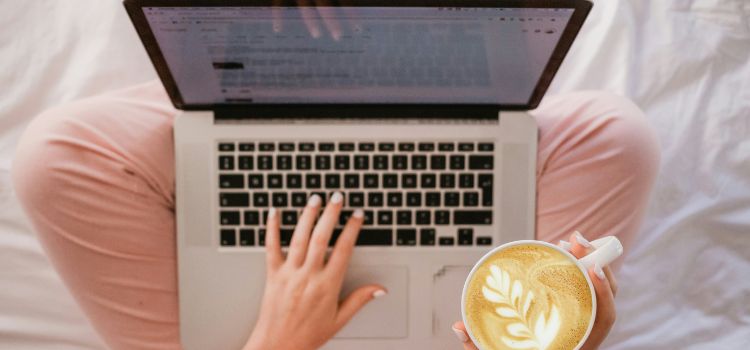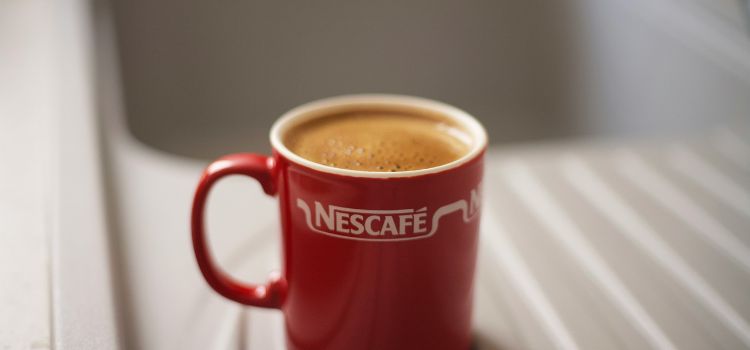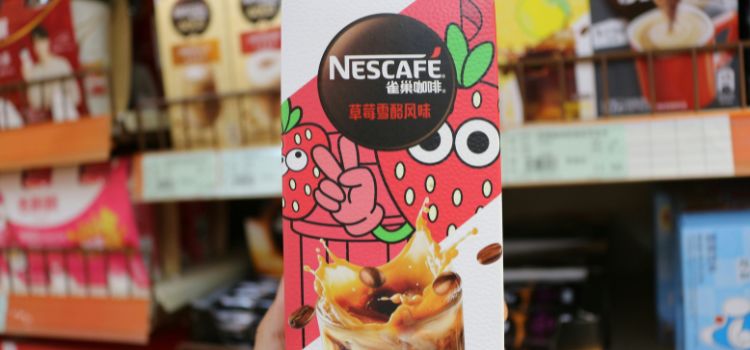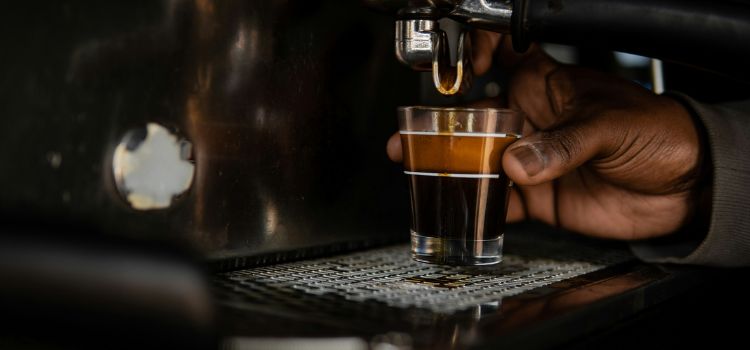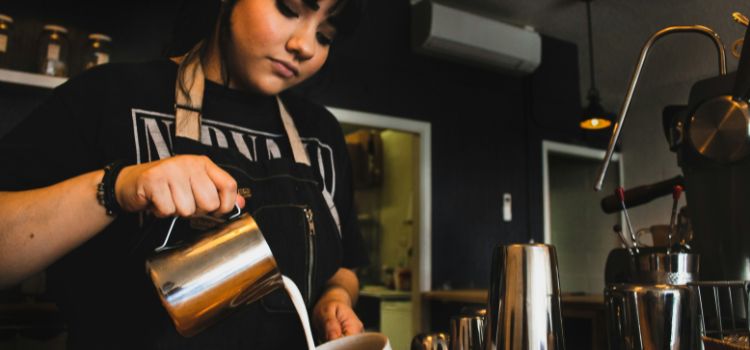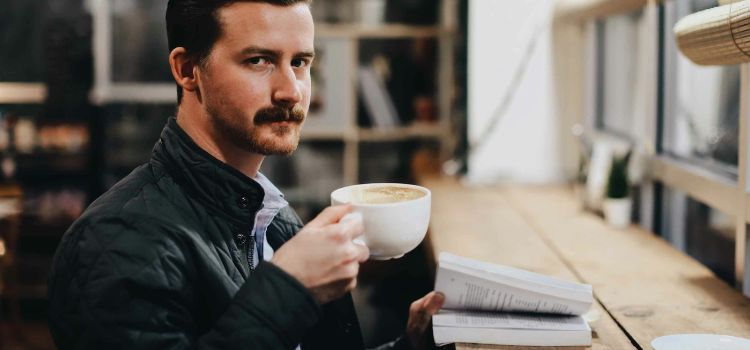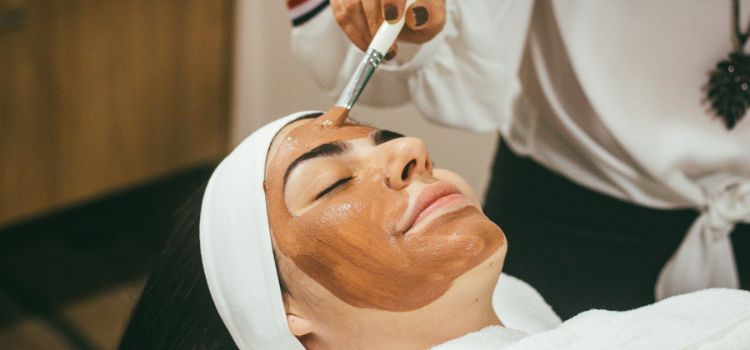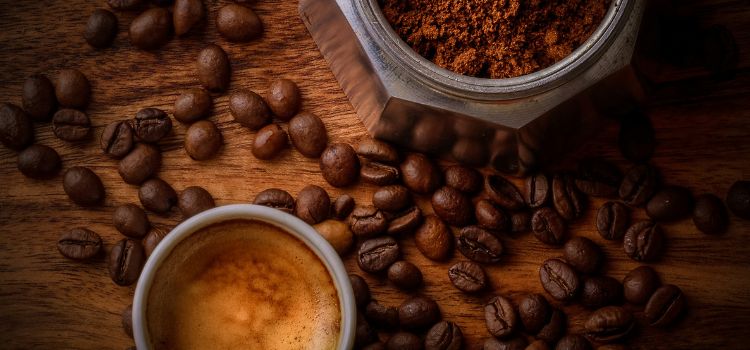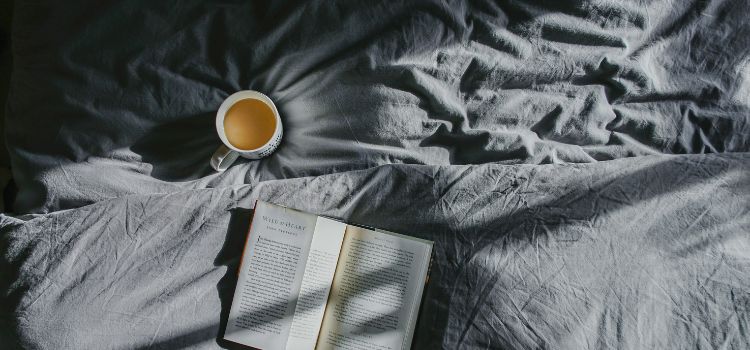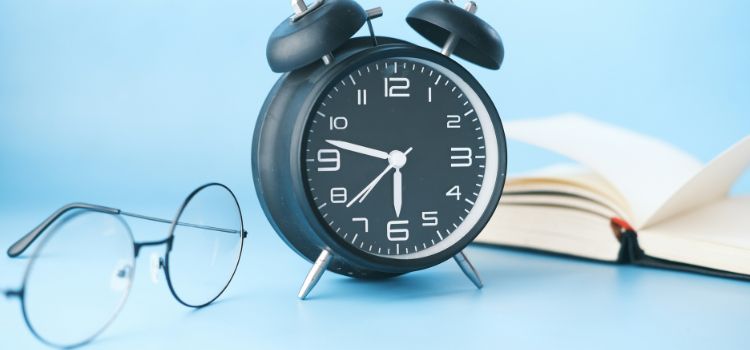The best time to pick coffee beans is when they are bright red and firm. This typically occurs 7-9 months after flowering.
Coffee picking is a crucial step in the journey from farm to cup. Harvesting at the right time ensures the beans develop optimal flavor and quality. Coffee cherries change color from green to red as they ripen. Farmers often hand-pick the cherries to select only the best ones.

This labor-intensive process, although time-consuming, guarantees better taste. The timing of the harvest can vary based on the coffee variety and growing conditions. Properly harvested coffee beans contribute significantly to the final cup’s aroma and taste, making it essential for coffee enthusiasts and producers alike.
The Lifecycle Of A Coffee Bean
The lifecycle of a coffee bean is a fascinating journey. From a tiny flower to a ripe cherry, each stage is crucial. Understanding these stages helps farmers harvest the best beans. Let’s explore this journey in detail.
From Flower To Cherry
It all starts with a tiny white flower. These flowers bloom on coffee plants, usually once a year. The flowers are delicate and fragrant.
After the flowers bloom, they get pollinated. This process turns flowers into small green berries. These berries slowly grow and change color. Over time, they turn into bright red cherries.
Each cherry contains two coffee beans. These beans are the heart of your morning cup. Farmers must watch closely to pick the cherries at the right time.
Key Growth Stages
| Stage | Description | Timeframe |
|---|---|---|
| Flowering | Small white flowers bloom. | Once a year |
| Pollination | Flowers get pollinated and form berries. | Few weeks |
| Berry Development | Berries grow and change color. | 6-8 months |
| Ripening | Berries turn red and are ready to pick. | Few weeks |
Each of these stages is vital for high-quality coffee. Flowering is the first step and sets the stage for everything else. During pollination, flowers transform into green berries.
Berry development is the longest stage. Here, berries grow and change color. Finally, the ripening stage signals harvest time. Bright red cherries are the best for picking.
Farmers must be patient and attentive. They need to pick cherries at the perfect moment. This ensures the best flavor and quality for your coffee.
Signs Of Readiness: When To Harvest
Knowing the best time to pick coffee beans is crucial for a high-quality harvest. Picking coffee beans at the right moment ensures the best flavor and aroma. There are key indicators to guide you on the perfect timing.
Color And Texture Indicators
The color of coffee cherries is a primary indicator of readiness. Ripe coffee cherries usually have a deep red or yellow hue, depending on the variety. Unripe cherries are green, while overripe ones turn black or dark brown.
Besides color, the texture of the cherries also signals ripeness. Ripe cherries should feel firm yet slightly soft to the touch. Squeeze a cherry gently. It should not be too hard or too mushy.
| Ripeness Stage | Color | Texture |
|---|---|---|
| Unripe | Green | Hard |
| Ripe | Red/Yellow | Firm but slightly soft |
| Overripe | Black/Dark Brown | Mushy |
Testing For Ripeness
Conducting a float test can help determine ripeness. Place the cherries in water. Ripe cherries will sink, while unripe or overripe ones will float.
Another effective method is the taste test. Pick a few cherries and taste the pulp. Ripe cherries should taste sweet with a slight tartness. Unripe ones will be bitter, and overripe ones may taste fermented.
- Perform a float test to check for ripeness.
- Do a taste test to ensure the cherries are sweet and slightly tart.
By paying attention to these signs, you can ensure your coffee beans are harvested at their peak. This guarantees the best quality and flavor in your coffee.
Regional Variations In Coffee Harvesting
Harvesting coffee beans is a delicate process. The best time to pick coffee beans varies by region. Climate, altitude, and geography all play a role. Each region has its unique harvesting time, ensuring the best flavor and quality.
Impact Of Climate
Climate greatly affects coffee harvesting times. In tropical regions, rainfall patterns determine the harvest. Coffee plants need a dry period after flowering. This dry period allows the beans to mature.
Regions with two rainy seasons can have two harvests per year. For example, some parts of Colombia experience this. Here, coffee farmers can harvest beans twice a year.
In contrast, regions with one rainy season have one main harvest. Brazil is an example. Brazilian coffee farmers typically harvest once a year.
Harvest Seasons Around The World
Different regions have different harvest seasons. Here’s a brief look at some coffee-growing regions and their harvest seasons:
| Region | Main Harvest Season |
|---|---|
| Central America (e.g., Costa Rica) | November to March |
| South America (e.g., Brazil) | May to September |
| Africa (e.g., Ethiopia) | October to December |
| Asia (e.g., Indonesia) | April to September |
Central America enjoys a harvest from November to March. The dry season follows the rainy season, allowing beans to ripen. This period ensures the best quality beans.
South America has its main harvest from May to September. Brazil, a major coffee producer, follows this schedule. The weather conditions during this time favor bean maturation.
Africa sees its primary harvest from October to December. Ethiopia, known for its rich coffee history, harvests during these months. The climate ensures beans develop rich flavors.
Asia typically harvests coffee from April to September. Indonesia is a key player. The climate here supports a long harvesting period, resulting in diverse coffee profiles.
Understanding these regional variations helps in appreciating coffee’s diverse flavors. Each region’s unique conditions contribute to the final cup’s taste and aroma.
The Science Behind Optimal Harvest Timing
Understanding the best time to pick coffee beans is crucial for producing high-quality coffee. The timing of the harvest significantly impacts the beans’ flavor, aroma, and chemical composition. By delving into the science behind optimal harvest timing, we can appreciate the nuances that contribute to a perfect cup of coffee.
Chemical Composition At Peak Ripeness
At peak ripeness, coffee cherries undergo specific chemical changes. The sugar content increases, and the acidity levels balance out. These factors are critical for developing the desired flavor profile.
| Component | Green Beans | Ripe Beans |
|---|---|---|
| Sugar Content | Low | High |
| Acidity Levels | Unbalanced | Balanced |
| Moisture Content | High | Optimal |
The table above shows the differences in chemical composition between green and ripe beans. Ripe beans have higher sugar content and optimal moisture levels. This balance is essential for flavor development during roasting.
Effects On Flavor Profile
Harvesting beans at their peak ripeness ensures a rich and complex flavor profile. Under-ripe beans can result in sour, astringent notes. Over-ripe beans may lead to fermented or overly sweet flavors.
- Balanced Acidity: Properly ripe beans offer balanced acidity, enhancing the coffee’s bright and lively taste.
- Rich Aromas: The right harvest time ensures that beans develop their full aromatic potential.
- Smooth Body: Peak ripeness contributes to a smooth and well-rounded coffee body.
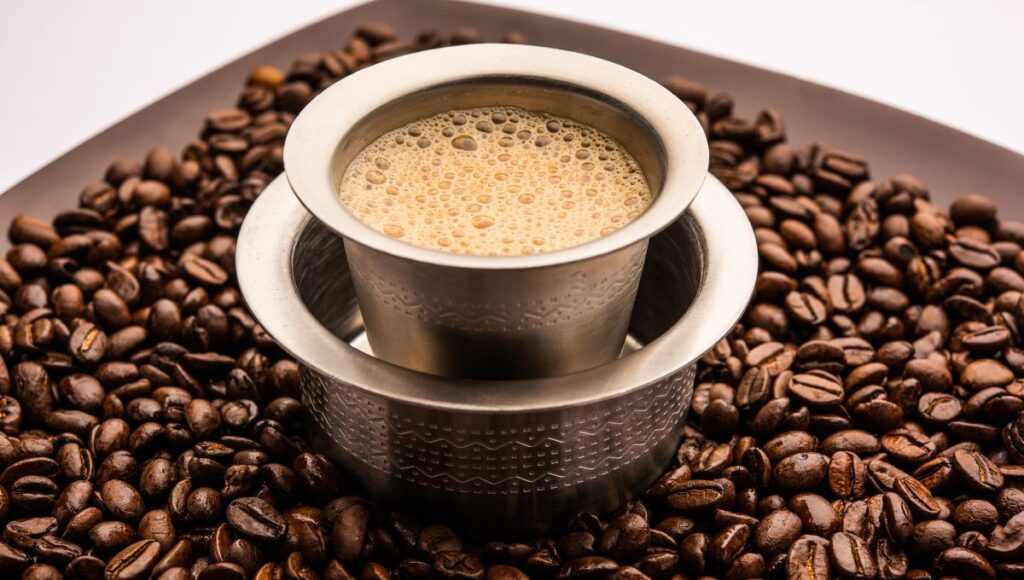
Each of these elements plays a critical role in achieving a well-balanced and enjoyable cup of coffee. By adhering to optimal harvest timing, coffee producers can ensure the highest quality beans, resulting in a superior coffee experience for consumers.
Traditional Vs. Modern Harvesting Techniques
Coffee lovers know that the flavor of their favorite brew starts with the beans. The harvesting method plays a crucial role in determining the quality of coffee. Traditional and modern techniques offer different benefits and challenges. This section explores the nuances of each method.
Hand-picking Vs. Mechanical Harvesting
Hand-picking is the traditional method of harvesting coffee beans. Workers carefully select ripe beans, ensuring only the best beans are picked. This method preserves the quality of the beans but is labor-intensive and time-consuming. Hand-picking allows for more selective harvesting, which results in higher-quality coffee.
Mechanical harvesting uses machines to shake the coffee trees. Machines make the process faster and less costly. This method can result in mixed-quality beans because it may pick unripe or overripe beans. Mechanical harvesting is suitable for large-scale operations where speed and efficiency are crucial.
| Method | Advantages | Disadvantages |
|---|---|---|
| Hand-Picking | High-quality beansSelective harvesting | Labor-intensiveTime-consuming |
| Mechanical Harvesting | FastLess expensive | Mixed-quality beansLess selective |
Innovations In Harvest Technology
Technology has introduced new methods to improve coffee harvesting. Innovations focus on increasing efficiency while maintaining bean quality. Advanced machines now offer better sorting capabilities.
Some machines can differentiate between ripe and unripe beans. This reduces the chances of picking beans of varying quality. Drone technology also aids in monitoring crop health. Drones provide real-time data, helping farmers make informed decisions.
Another innovation is the use of robotic arms for selective harvesting. Robotic arms mimic the precision of hand-picking but with greater speed. This method offers a balanced approach, combining the best of traditional and modern techniques.
The table below summarizes these innovations:
| Innovation | Benefits |
|---|---|
| Advanced Sorting Machines | Better quality control |
| Drone Technology | Real-time data on crop health |
| Robotic Arms | Selective harvesting with speed |
Post-harvest Processing: The Next Steps
After picking the coffee beans at their peak ripeness, the journey is far from over. The next steps in post-harvest processing are crucial to ensure the beans’ quality and flavor. This process includes drying, milling, storage, and aging. Each step affects the final taste of your coffee cup.
Drying And Milling Processes
The first step is drying the beans. Freshly picked beans contain a lot of moisture. They need to be dried to a specific level to prevent spoilage. This can be done using two methods:
- Sun Drying: Beans are spread out on drying beds or patios. They are turned regularly to ensure even drying. This method can take up to four weeks.
- Mechanical Drying: Beans are dried using machines. This is faster and more controlled, taking only a few days.
After drying, the beans undergo milling. This involves removing the outer layers of the beans. The milling process consists of:
- Hulling: Removes the dried husk or parchment layer.
- Polishing: An optional step to remove any remaining silver skin.
- Grading and Sorting: Beans are graded by size and weight. They are also sorted to remove defective beans.
Storage And Aging
Once milled, beans need proper storage to maintain their quality. They should be stored in cool, dry conditions. Use jute or burlap bags to allow air circulation. Avoid plastic bags, which trap moisture and can cause mold.
Some coffee varieties benefit from aging. Aging allows the beans to develop deeper flavors. This process can take several months to a few years. The aging process should be carefully monitored to prevent spoilage.
Proper post-harvest processing ensures that the coffee beans retain their best qualities. Following these steps will result in a flavorful and aromatic cup of coffee that is worth every sip.
Environmental And Economic Impacts
Choosing the right time to pick coffee beans affects both the environment and the economy. Knowing the right season can help protect our planet and boost farmers’ income. This section explores how coffee harvesting impacts these areas.
Sustainability In Coffee Production
Sustainability is crucial in coffee production. Picking coffee beans at the right time ensures minimal harm to the environment.
Farmers who harvest at the right time use fewer resources. This means less water and fewer chemicals. This careful timing helps keep the soil healthy and the water clean.
Biodiversity is another important factor. Healthy coffee plants support various animal and plant species. Proper harvesting times help protect these ecosystems.
| Factor | Impact |
|---|---|
| Water Usage | Reduced |
| Soil Health | Improved |
| Biodiversity | Protected |
Market Dynamics Of Coffee Harvesting
Market dynamics play a big role in coffee harvesting. Picking coffee beans at the right time can affect market prices and demand.
Supply and demand are key factors. When coffee beans are picked in the right season, the supply meets the market demand. This balance helps keep prices stable.
Quality also matters. Beans harvested at the right time are of higher quality. High-quality beans fetch better prices in the market.
- Supply and Demand: Balances market prices
- Quality: Higher prices for better beans
In summary, picking coffee beans at the right time benefits both the environment and the economy. This careful timing helps ensure a sustainable future for coffee production and a stable market for farmers.
Tips For Coffee Lovers: Selecting The Best Beans
Coffee lovers know that selecting the best beans is crucial for a perfect cup. The right beans can transform your morning routine. Here are some tips to guide you in choosing the finest coffee beans.
Understanding Labels And Certifications
Pay attention to labels on coffee packaging. Labels tell you a lot about the beans. Look for terms like “Single Origin” or “Blend”. Single Origin means the beans come from one place. This often ensures unique flavors.
Check for certifications on the package. Certifications like Fair Trade and Organic guarantee quality. Fair Trade means the farmers get a fair price. Organic means no harmful chemicals were used. These labels ensure you get the best quality beans.
Seasonal Buying Guide
Coffee beans have seasons, just like fruits and vegetables. Knowing the harvest seasons helps you buy the freshest beans. Here’s a quick guide:
| Region | Harvest Season |
|---|---|
| Central America | November to March |
| South America | April to September |
| Africa | October to April |
| Asia | October to March |
Buying beans during harvest season ensures freshness and flavor. Always ask your local coffee shop about their bean’s harvest date.
Frequently Asked Questions
How To Tell If Coffee Beans Are Ripe?
Ripe coffee beans are bright red or yellow, firm, and slightly glossy. They detach easily from the branch.
How Do You Know When Coffee Beans Are Ready?
Coffee beans are ready when they reach a rich, brown color and emit an aromatic smell. Their texture becomes dry and brittle.
How Many Times A Year Can You Harvest Coffee Beans?
Coffee beans can be harvested once or twice a year. The frequency depends on the coffee variety and region.
How Long Do Coffee Beans Stay Fresh Vs Ground?
Whole coffee beans stay fresh for up to 2 weeks. Ground coffee stays fresh for up to 1 week. Store both in airtight containers.
Conclusion
Choosing the best time to pick coffee beans ensures optimal flavor and quality. Monitor the cherries for a bright red color. Test for firmness and sweetness to determine ripeness. Harvesting at the right moment guarantees a rich, aromatic cup of coffee.
Enjoy the fruits of your labor with every sip.
